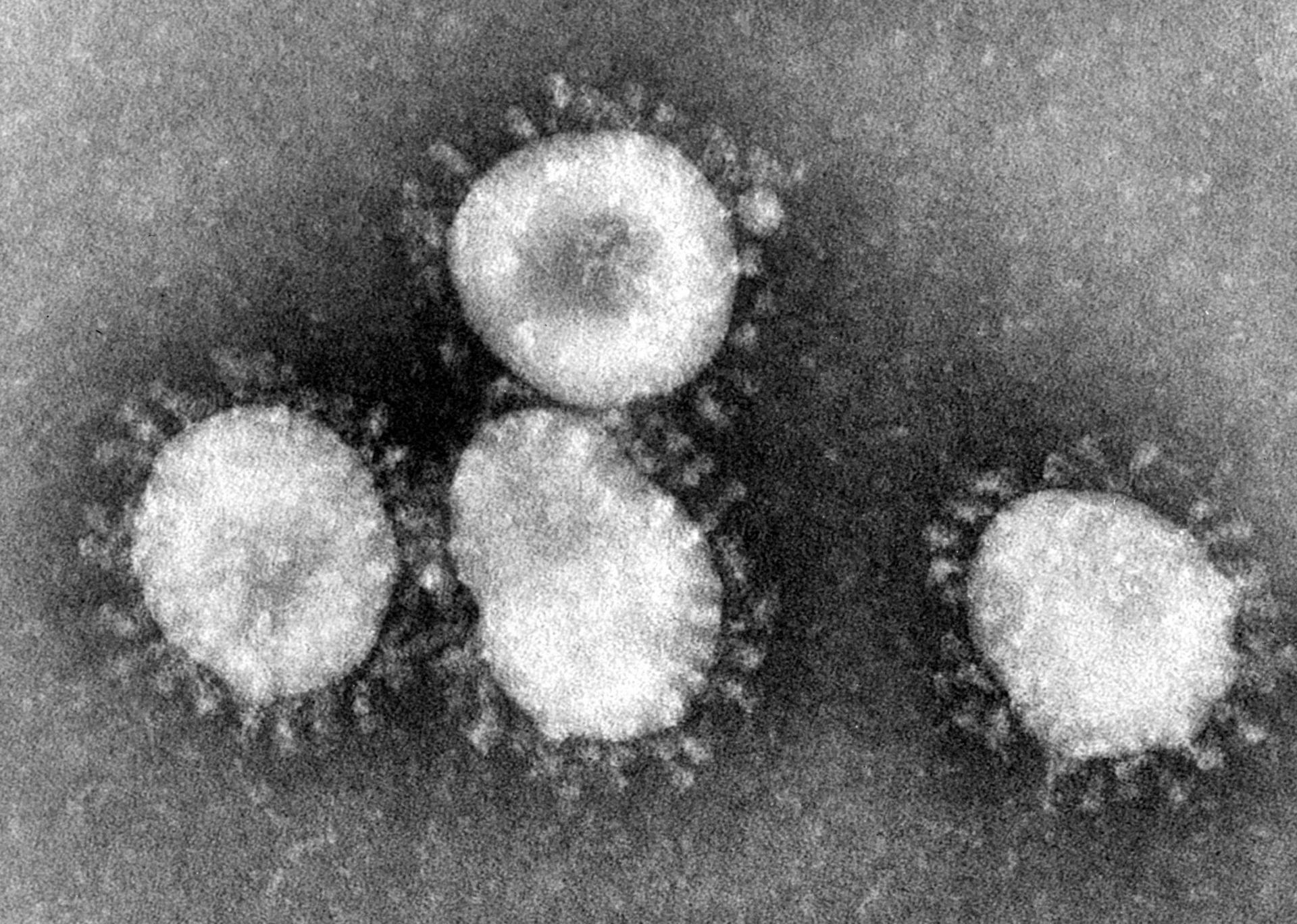
Credit: Wikipedia
Dr. David Williams, Chief Medical Officer of Health, Ontario has confirmed three new positive cases of COVID-19 in Ontario.
Now the total cases in Ontario stands at 11. Of these, the first three cases are all resolved, with each of those patients having two consecutive negative tests at least 24 hours apart.
You may like: 4 New Novel Coronavirus Cases Confirmed in Greater Toronto Area – March 1, 2020
NEW CASES
Two patients tested positive for COVID-19 at Lakeridge Health Ajax Pickering.
Patient 1: On February 28, 2020, a 51-year-old woman went to an Ajax clinic with symptoms of a cough, body aches and chills after she returned to Toronto from Iran on February 22, 2020. When she visited the clinic, she was masked and isolated. Then, Durham Region Health Department contacted Lakeridge Health Ajax Pickering and coordinated an arrival time for the patient. The patient arrived at the hospital wearing a mask where she was tested for COVID-19. She was discharged home and put in self-isolation, per protocols, where she remains.
Patient 2: The second patient is the husband of the above mentioned patient. The 69-year-old, also tested positive for COVID-19 on February 28, 2020, but does not have a recent travel history to Iran. He accompanied his wife to the Ajax Clinic and Lakeridge Health Ajax Pickering, where he was masked and isolated. He was tested for COVID-19 and discharged home. He has also been put in self-isolation, where he remains.
Patient 3: COVID-19 in the City of Richmond Hill, tested positive at Mackenzie Health
A 34-year-old female visited Mackenzie Health on February 27, 2020 with a dry cough, runny nose, shortness of breath and headache. She returned from Iran February 26, 2020. The patient was wearing a mask on arrival and was put on airborne/droplet/contact precautions. Due to the low severity of symptoms and the condition of the patient, the patient was not admitted to hospital. The patient is in self-isolation, per protocols, where she remains.
Complications due to patient being symptomatic while in public
The 34 year-old Richmond Hill woman developed symptoms prior to her return to Toronto and was not wearing a mask on her flights. There was also a layover in Denmark. According to Dr. Karim Kurji, York Region’s medical officer of health, the 34-year-old woman travelled from Iran with her husband and toddler.
The lady travelled in the business class of Qatar Airways QR 483 (Tehran Imam Khomeini, Iran to Hamad International Airport, Doha), QR 163 (Hamad International Airport, Doha to Kastrup Copenhagen Airport, Denmark ) on Tuesday, February 25, and in the business class section of Air Canada flight AC 883 (Kastrup Copenhagen Airport, Denmark to Toronto Pearson Airport). After reaching Toronto, she travelled in the upper deck of GO Bus 40 (travelling eastbound) on Wednesday, February 26 (at approximately 3:55 p.m.) from Pearson Airport to Richmond Hill Centre Terminal.
Since the 34 year-old from Richmond Hill was symptomatic during her travels – both on the plane (3 flights) and Go Bus – there is a possibility that the co-travellers may have been exposed to COVID-19.
According to World Health Organisation, COVID 19 can spread from person to person through small droplets from the nose or mouth which are spread when a person with COVID-19 coughs or exhales. These droplets land on objects and surfaces around the person. Other people then catch COVID-19 by touching these objects or surfaces, then touching their eyes, nose or mouth. People can also catch COVID-19 if they breathe in droplets from a person with COVID-19 who coughs out or exhales droplets.
If you have travelled on the following flights and bus, you are requested to contact York Region Public Health at 1-800-361-5653, from Monday to Sunday, between the hours of 8:30 a.m. to 8:00 p.m., for further assessment.
- Individuals who traveled in the business class sections of Qatar Airways flights QR 483 or QR 163 on Tuesday, February 25, or in the business class section of Air Canada flight AC 883.
- Those who travelled in the upper deck of GO Bus 40 (travelling eastbound) on Wednesday, February 26 (at approximately 3:55 p.m.) from Pearson Airport to Richmond Hill Centre Terminal.
According to Dr. Karim Kurji, the risk to those who co-travelled in Go Transit is lower than those who travelled with the lady on the airline because the bus is better ventilated and the duration was shorter.
How long can coronavirus survive on surfaces: According to World Health Organisation, “It is not certain how long the virus that causes COVID-19 survives on surfaces, but it seems to behave like other coronaviruses. Studies suggest that coronaviruses (including preliminary information on the COVID-19 virus) may persist on surfaces for a few hours or up to several days. This may vary under different conditions (e.g. type of surface, temperature or humidity of the environment).”
How long is the incubation period for COVID-19: World Health Organisation says, “Most estimates of the incubation period for COVID-19 range from 1-14 days, most commonly around five days.”
See the video below for more details and the full press conference:
According to Dr. David Williams, Chief Medical Officer of Health, the virus is not circulating locally.
One death was reported in USA due to a possible community spread. Community spread means people have been infected with the virus in an area, including some who are not sure how or where they became infected. Dr. Robert Redfield, director of the US Centers for Disease Control and Prevention, said that, there was no evidence the patient had close contact with an infected person or a relevant travel history that would have exposed the patient to the virus.
Currently in Canada, the total of number of positive COVID 19 cases stand at 20 with 11 in Ontario, 1 in Quebec, and 8 in British Columbia.
What You Can Do to Reduce the Possibility of Infection:
In general, the following advice can help reduce the risk of infection or spreading infection to others:
- Wash your hands often with soap and water for at least 20 seconds
- Use alcohol-based hand sanitizer if soap and water are not available
- Avoid touching your eyes, nose, or mouth with unwashed hands
- Stay home if you are sick
- When coughing or sneezing:cover your mouth and nose with your arm or tissues to reduce the spread of germs
- Immediately dispose of any tissues you have used into the garbage as soon as possible and wash your hands afterwards.
- Clean and disinfect frequently touched objects and surfaces using a regular household cleaning spray or wipe.
Should you wear a mask: Centre for Disease Sontrol and Prevention (CDC) does not recommend facemasks for people who are well to protect themselves from respiratory diseases, including COVID-19. Facemasks should be used by people who show symptoms of COVID-19 to help prevent the spread of the disease to others. The use of facemasks is also crucial for health workers and people who are taking care of someone in close settings (at home or in a health care facility).







